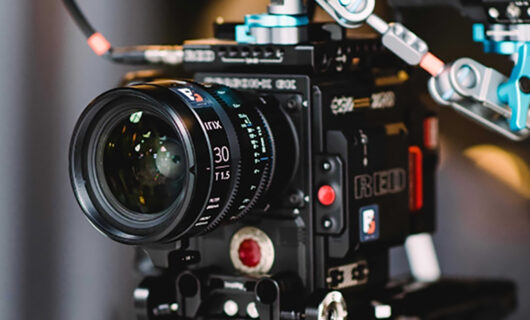5 Reasons We Love to Hate Vertical Video
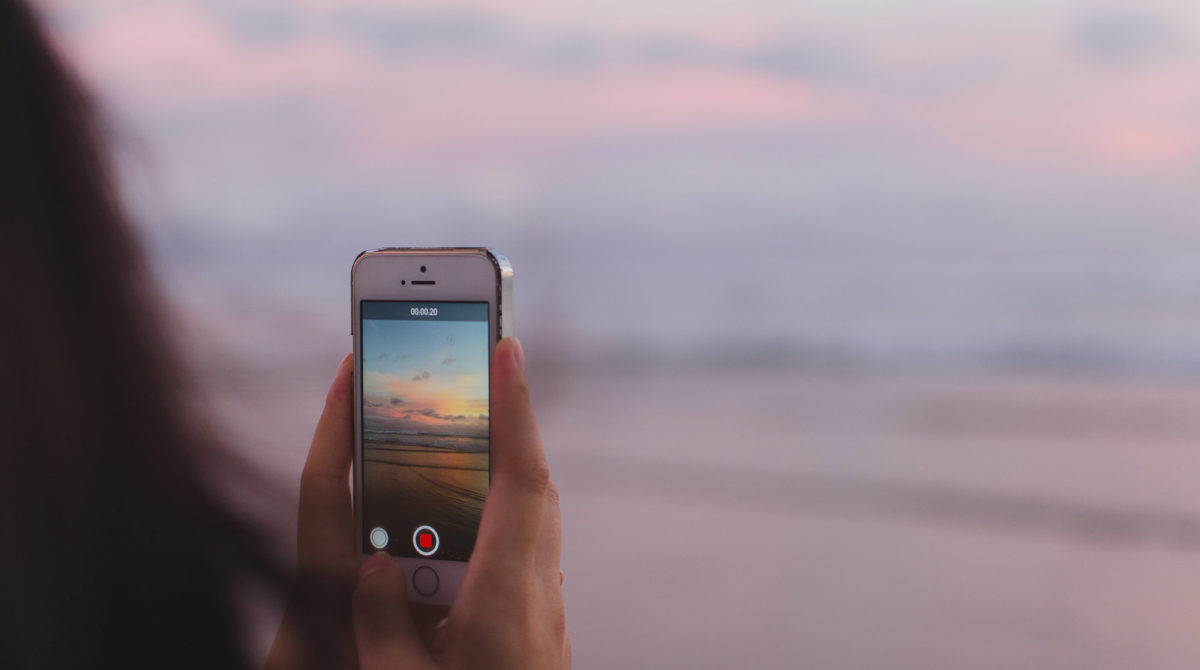
Vertical video does have its place in the world–after all portrait mode has been around since the dawn of…well, portraits. I realize that we’re not all movie makers, but we have been supplied with equipment to make us feel like we could be. This list should help you think about how you use that equipment by considering your goal.
So, why do we love to hate vertical video?
Well, let’s ask Horis and Vert which orientation best captures this little story.

1. It’s a one-hit-wonder
Vertical video does one thing very well and that thing works for a very short attention span. It is good to show an advertisement to “Buy my rock!”, show the cupcake I am about to eat, show this tower I saw on my trip, or show me blabbing about something on my vlog because I am the center of the universe.
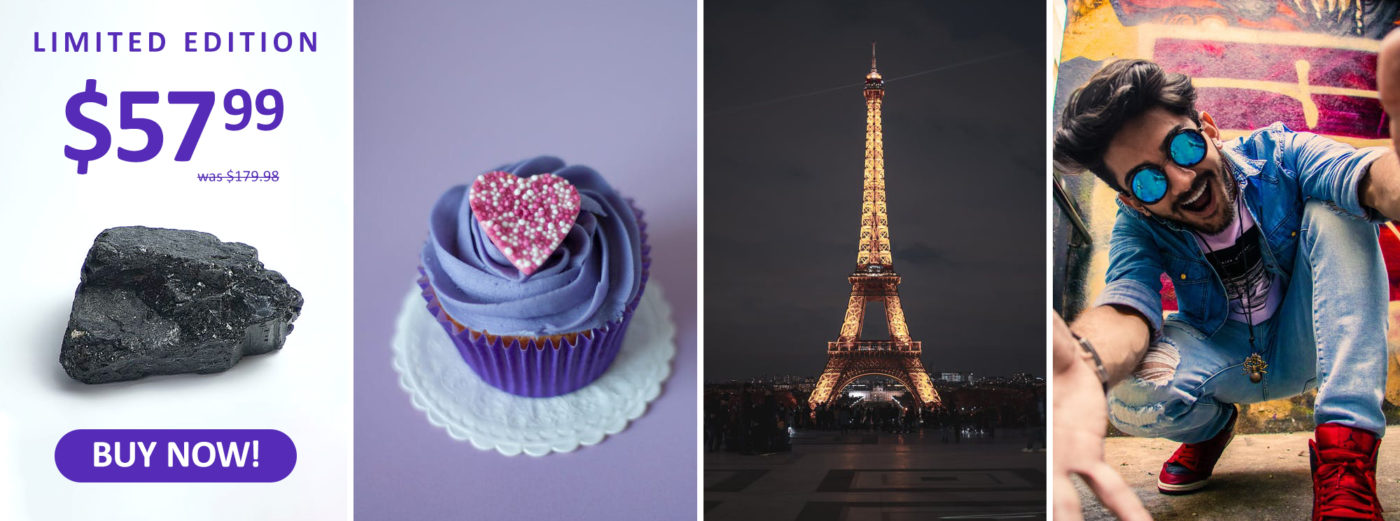
The focus of each of these images is on just one element–and that element is usually center frame. Since it is just one thing to focus on, there is nothing more to get out of the image and can move along quickly. Viewing this kind of imagery requires very little thought. What you see is what you get.
2. Looking through a keyhole
Our field of vision is wider than it is high. We spend a lot of our time looking left and right. Most of life’s motion happens on a horizontal plane. When one takes the time to look up or look down, or one witnesses movement vertically, it’s a break in the norm. For better or worse, it is a special sensation.
The vertical nature of portrait mode gives us a crack in the door to look at the world, like side walls to our horizontal world. If something is framed within those walls, no problem. But if there is too much to show, there is uncertainty in what to focus on. If action is happening at the edges and beyond, we feel like we are missing out on something. It leaves us wanting to see what is to the left or right.
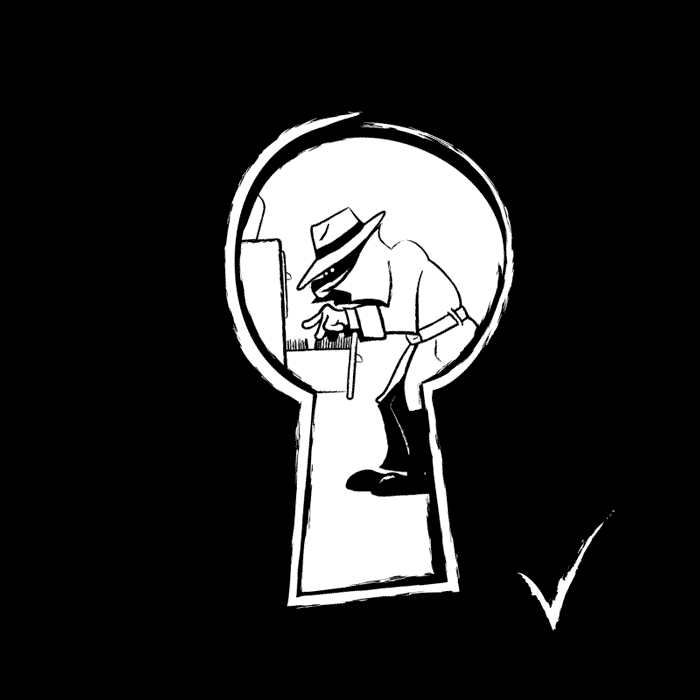
3. Unnecessary camera movement
Let’s say you want to immortalize something in video, but there is just too much to focus on one thing. And let’s say you’re already holding your phone vertically and turning it 90° would take too much effort. How are you going to showcase of all this visual gold?
Well, you could compensate by becoming a panning* machine, turning left and right, right and left. [*Panning is the left or right turning of the camera for a specific purpose. Note: trying to get everything in the shot by moving back and forth is not a purpose.] Now, this additional side-to-side camera movement adds itself to the story and also adds more motion blur. Take a moment to consider the direction of the action taking place.
Let’s look at the image below. If you have a herd of stampeding wildebeest, shooting their horizontal movement vertically would end with a lot of sky and ground in order to get the group in the frame. Or, you could choose to capture a couple of wildebeest within the frame and lose the great number of the herd.

In the first image, you get lots of sky and ground, and in this instance that does not work. The second image is better, but you’d have to pan to follow the action–and potentially pan in the opposite direction of the action and lose the herd. The third image is the best of both worlds: the herd on the move, and if you have to pan with the action, it will not be as intense.
4. Gotta fill the screen
Which screen? The phone, a computer, a TV? Where is this video eventually going to end up? Let’s say you captured a newsworthy story or the next internet sensation. Well, now your vertical video doesn’t “fill the screen” anymore. Too many videos have to be shown with two thirds of the screen devoted to a blurry background, while the video the sits in the center third.
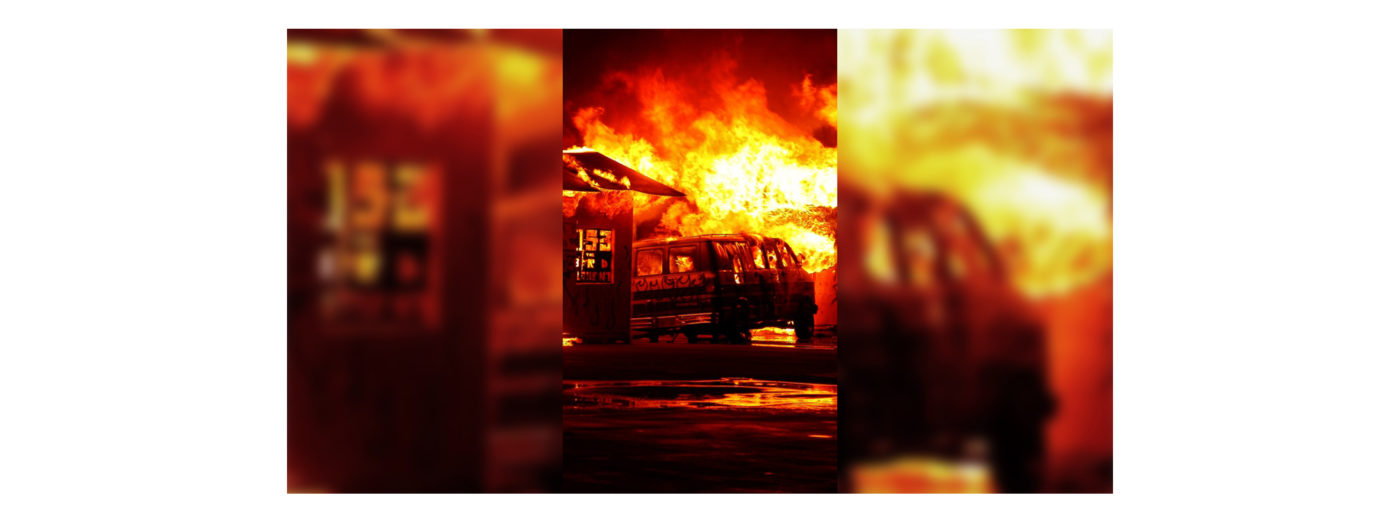
Too bad this video wasn’t shot in landscape mode. There is more to the story than just the fire. What is happening around it? How many firefighters are there? How close is it to other buildings?
5. We are Visual Storytellers
There is more to the story. We want set the scene, make a connection, have people pause for a moment, cause an emotion, and give the picture its “thousand word” value. What is in the foreground? The background? The midground? Do these elements enhance the story or detract from it?
Let’s look at the images below.
Example 1 – Aunt Petunia’s 5K
On the left: Aunt Petunia has just run another 5K.
On the right: Aunt Petunia has just run another 5K (she is still the main feature of the shot). However, she has won! She is throwing up the victory signs, finally beating ‘old man’ McDougall. She also ran with a lot of people on a beautifully sunny day.
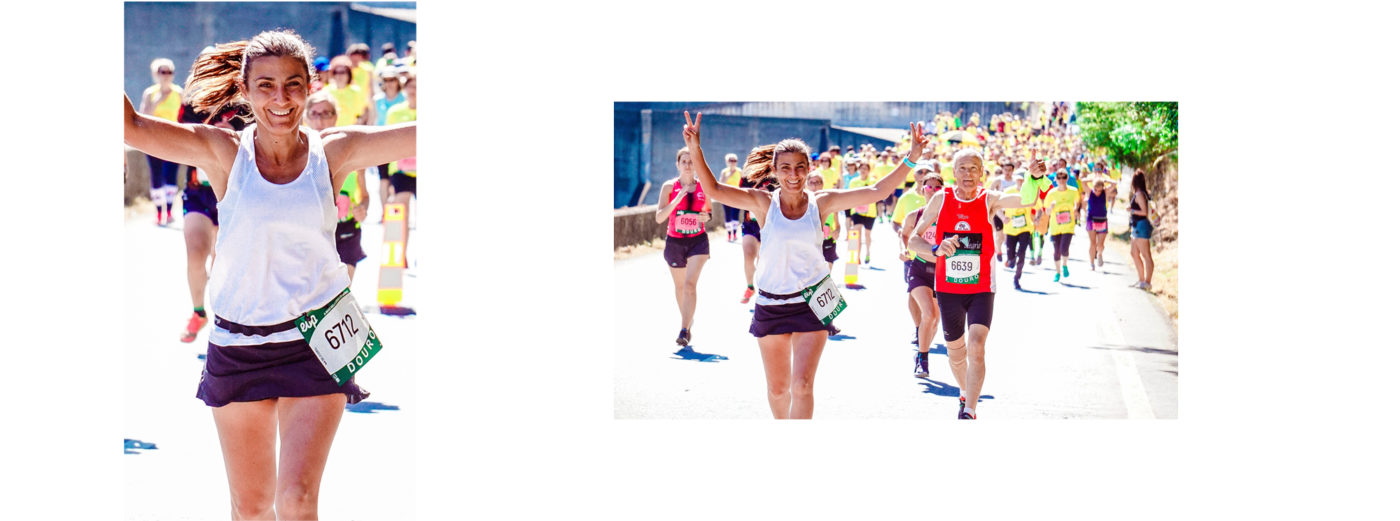
Example 2 – Little Timmy and the Band
On the left: Little Timmy is unimpressed by the musician.
On the right: Little Timmy is unimpressed by the musician and all the other musicians playing sax, drums, trombone and tuba – and the musicians are really trying hard.
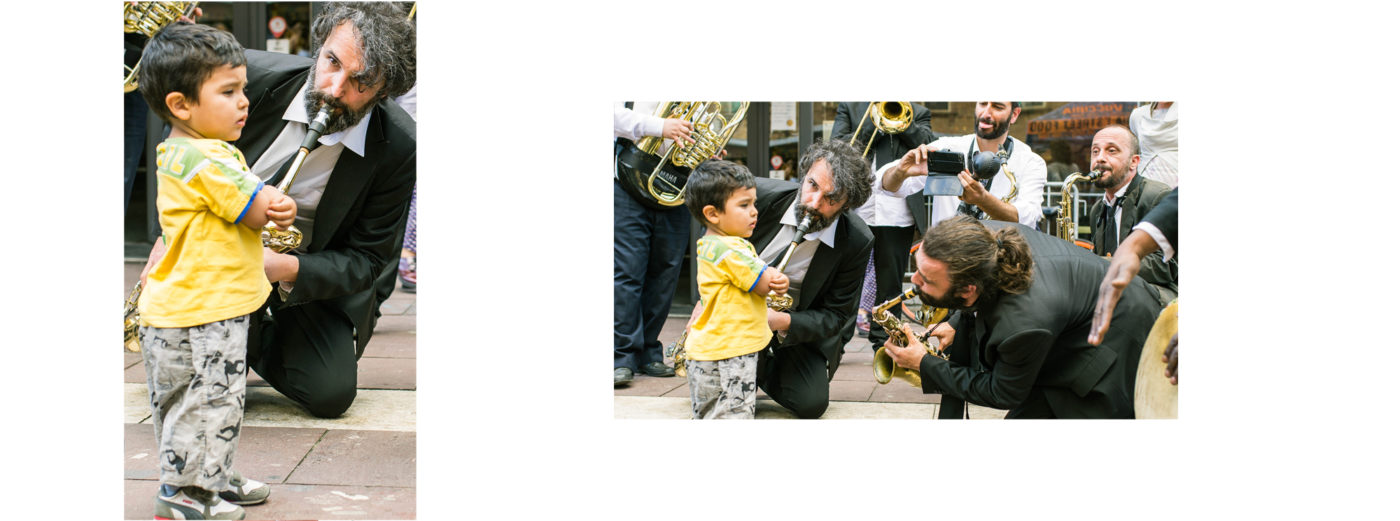
Example 3 – Bridal Party Yoga Sesh
On the left: You can pan left to right and back to get everyone in the shot.
On the right: Take a step back, eliminate the camera movement, and focus on the bridal party’s tree pose.

While vertical video does has its place in the world — be mindful of what you are shooting and what you are shooting for. Chances are that most of the time horizontal video is the right decision.
